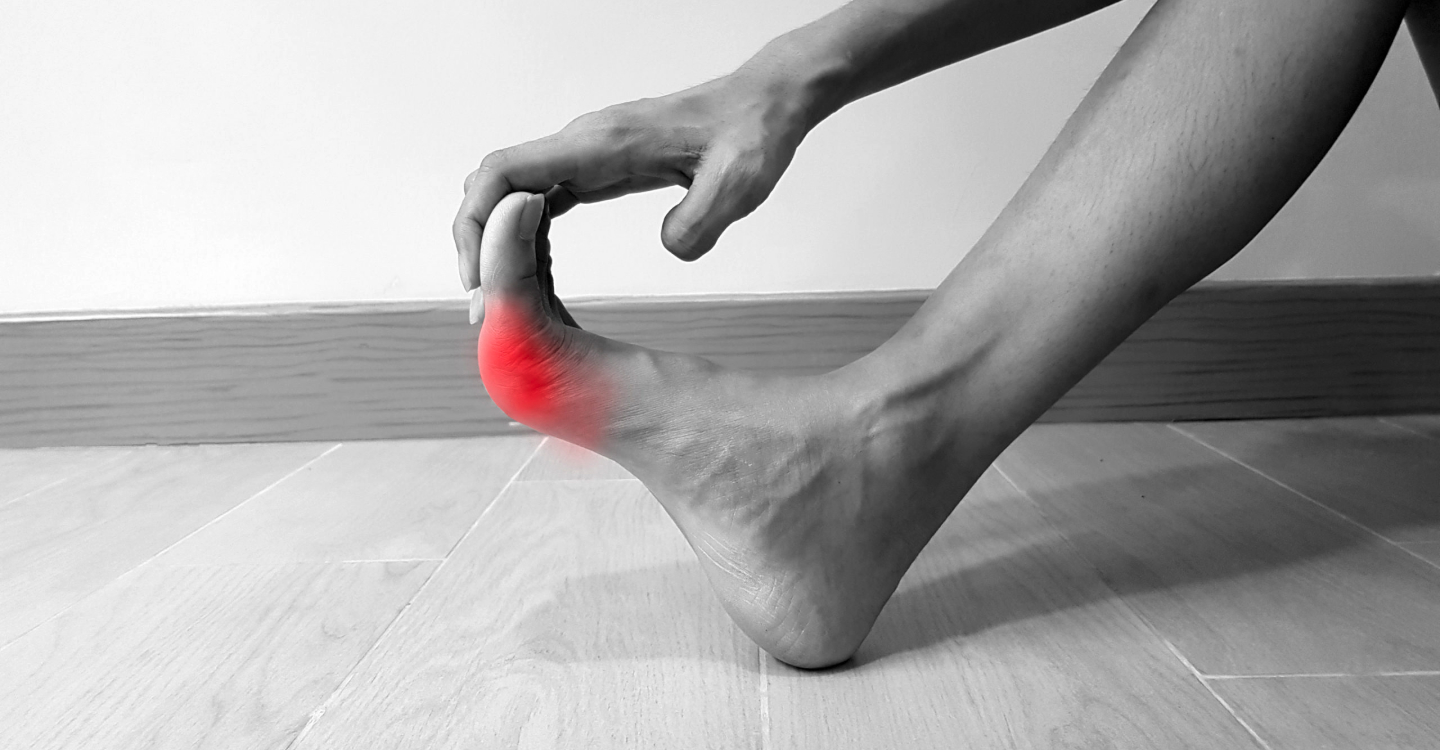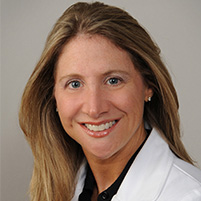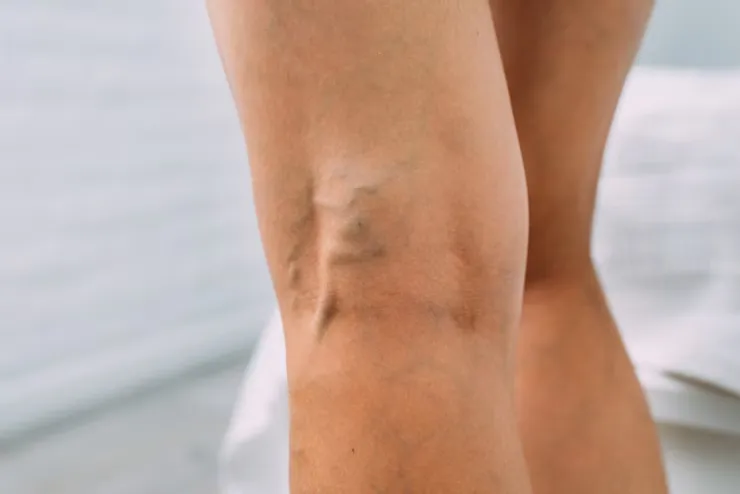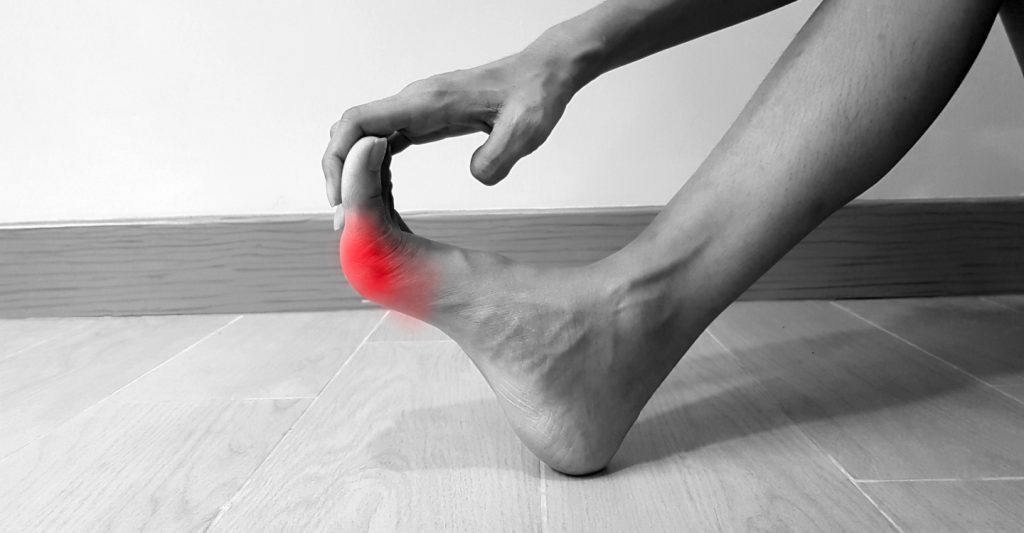Vein during pregnancy can be painful and unsightly. Ladies, you can start by thanking your parents for passing down the gene that makes you prone to developing varicose veins. Now, you can thank your children for making them worse. Veins during pregnancy are a condition that can make your gestation very uncomfortable.
Varicose veins during pregnancy are a common problem that is passed down genetically. Whether you develop them before, during, or postpartum is based on the individual and there is no way to predict when the first vein will appear.
The veins typically begin as a small spider vein. Spider veins are flat red, blue or purple-colored veins that do not protrude from the skin surface. They usually appear in clusters on the outside of the leg, behind the knee and the inner thigh. Some people never develop a spider vein, but rather go straight to a bulging vein. These are called varicose veins and protrude out of the skin surface. It is a weakened and enlarged part of a vein that is attempting to carry blood upward.
Arteries take blood from the heart and bring it to the feet. That blood needs to return back to the heart and does so through your veins. Now, imagine that the flow of the liquid is upstream and against gravity. In order to ensure that the blood flows against gravity and back to the heart, veins have valves. The purpose of the valves is to ensure a one-way flow of the blood back to the heart. A push of blood moves upward through open valves. Then the valves quickly close so that the blood cannot trickle back down towards the ground. This occurs in normal, healthy veins.
In veins that are weakened a few things occur. The first is that the vein wall becomes thinner over time and cannot hold the force of pressure or gravity towards the floor. The vein wall is made of smooth muscle that can become weakened with loss of muscle protein. When the vein wall weakens, it enlarges and the valves can’t close to prevent the blood from flowing back downstream. This is called venous insufficiency.
How Does Pregnancy Cause Varicose Veins?
It’s common to develop varicose veins during pregnancy, and there are two main factors that contribute to the condition. The first is that progesterone, one of the main hormones circulating in the body, is a smooth muscle relaxer. Remember, the vein walls are made of smooth muscle. Thus, as progesterone relaxes smooth muscle it makes it harder for the vein valves to touch and close. This leads to venous insufficiency, varicose veins, and swelling.
Second, the weight of the uterus bearing down on the veins of the leg will cause an increase in pressure. This makes it difficult for blood to move against gravity. The blood and fluid collect in the legs and extra fluid leaves the blood vessels to fill the soft tissues of the legs. When this happens, the result can be:
- Swelling
- Tired & aching legs
- Heaviness in the legs
- Discoloration of the foot and ankle
- Spider veins
- Varicose veins
- Redness and warmth
- Blue discoloration
Conservative care options during pregnancy include rest and elevation of the legs and the use of compression stockings. By elevating your legs, you are reversing the pull of gravity and the blood flow and swelling can move back to the heart.
Compression stockings or graduated compression therapy assists in moving blood back to the heart. The tight stocking helps to milk fluid in the upward direction and brings the blood vessel closer together in an effort to help the valves close.
Natural homeopathic remedies have included applying garlic oil, horse chestnut abstract, Flavonoids, citrus fruits, apple cider vinegar to the lags, or taking mud baths. Flavonoids are antioxidants that help to decrease inflammation, strengthen the vein walls, and prevent vein weakening. All of these modalities may help decrease your symptoms of tired, aching, and heavy legs but they will not permanently correct the underlying problem.
In most instances, the swelling and varicose veins return to normal after the delivery of the baby. Veins that remain after six weeks are likely to stay until treatment is obtained. An evaluation is performed with an ultrasound to gauge the blood circulation.
Treatment options include injection sclerotherapy, foam sclerotherapy, ultrasound-guided sclerotherapy, Endovenous laser ablation, Radiofrequency Ablation, a Polidocanol Foam endovenous technique, Venaseal or Clarivein.




